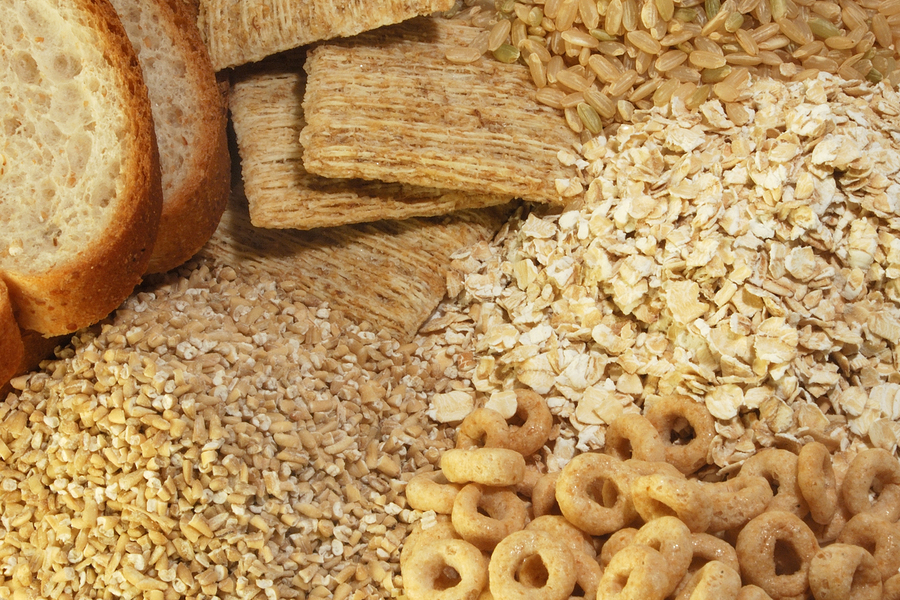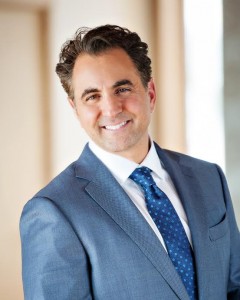 First, I want to make it clear that this post is not intended to suggest that you should consume whole grains. The goal is to clear up the misconceptions and half-truths about whole grains that cause people to make poor nutritional choices.
First, I want to make it clear that this post is not intended to suggest that you should consume whole grains. The goal is to clear up the misconceptions and half-truths about whole grains that cause people to make poor nutritional choices.
I agree with a writer from Nutritional Wellness magazine who said that most of the problems and confusion related to whole grain is the fault of man. Man takes whole grain, refines and processes it in a laboratory, and then food manufacturers market their products in a way that doesn’t accurately represent what’s in the product.
For example, a label can say a food product contains grain even if the grain has been heavily processed and all of the original nutrients within the grain, like fiber, have been stripped away.
An even more outrageous example is white flour, which doesn’t exist in nature. It was invented in a laboratory. Yes, white flour is made from grain, but again, the nutrients have been stripped away. White flour has no nutritional value and shouldn’t be consumed by human beings.
What is whole grain?
According to the Whole Grains Council, whole grains or foods made from whole grain must contain all three original, essential parts of the kernel, and the naturally-occurring nutrients within those parts, even after the whole grain has been harvested and processed.
The three essential components of a whole grain kernel are the bran, germ and endosperm.
The bran is the tough outer layer that protects the whole grain kernel from disease, chemicals and insects. It contains a number of B vitamins, antioxidants and fiber, which is highly sought after because it helps with digestion.
The germ contains B vitamins, protein, minerals and healthy fats. The endosperm is the largest part of the whole grain kernel and provides it with food and water.
Refining and processing usually strip the whole grain of the bran and the germ, leaving only the endosperm. Many food manufacturers will throw in vitamins and minerals and call it “enriched.” They claim their products contain whole grain even though it doesn’t have the bran and the germ.
How do you know if something is truly whole grain?
Fortunately, we don’t have to depend on food manufacturers to be honest. We just have to read food labels more closely.
The first ingredient listed must use the word “whole” – whole grain, whole wheat, stone-ground whole, whole oats, etc.
If the word “whole” appears in the second ingredient, we have a whole new ball game. That means the product may contain from one to 49 percent of whole grain.
Unless the word “whole” appears in the first ingredient, it’s not a true whole grain product. In fact, the USDA says on its website that breads, cereals, pasta and other products that contain the following words or phrases are usually not whole grain products:
Common Misconceptions about Whole Grain
Most people think a certain type of bread, for example, is whole grain if it has a dark brown color. But color isn’t necessarily an indicator of whole grain. Bread is often browned by ingredients like molasses, caramel, cocoa or brown coloring.
Also, whole grains tend to get all of the credit as the best source of fiber. That misconception is the result of marketing. Science tells us that there’s far more fiber in vegetables than whole grains.
Again, my goal here is to explain what whole grain is and how to determine whether a product truly qualifies as whole grain based on what’s on the label. I’m not saying that everyone should start eating more whole grains.
For example, gluten, which is included in whole grains, can be very dangerous to some people. In the next post, I’ll discuss gluten allergy, gluten intolerance and health problems caused by modern wheat.
 Dr. James Proodian is an accomplished chiropractic physician and health educator who founded Proodian Healthcare Family of Companies to help people feel better, function better, and live longer. His expertise for the past two decades has been in physical rehabilitation, and he has successfully established himself as a spinal specialist. In his practice, he advocates the science of functional medicine, which takes an integrative approach to treating patients by addressing their physical, nutritional, and psychological needs. Alarmed by the escalation of complex, chronic illness in our country, Dr. Proodian has been speaking to companies and organizations through his “Wellness at Work” program since 1994, motivating thousands of people to make positive lifestyle choices and lead healthier, more productive lives. He can be heard weekly on his radio program, “Proodian Healthcare By Design,” on Tandem Radio.
Dr. James Proodian is an accomplished chiropractic physician and health educator who founded Proodian Healthcare Family of Companies to help people feel better, function better, and live longer. His expertise for the past two decades has been in physical rehabilitation, and he has successfully established himself as a spinal specialist. In his practice, he advocates the science of functional medicine, which takes an integrative approach to treating patients by addressing their physical, nutritional, and psychological needs. Alarmed by the escalation of complex, chronic illness in our country, Dr. Proodian has been speaking to companies and organizations through his “Wellness at Work” program since 1994, motivating thousands of people to make positive lifestyle choices and lead healthier, more productive lives. He can be heard weekly on his radio program, “Proodian Healthcare By Design,” on Tandem Radio.